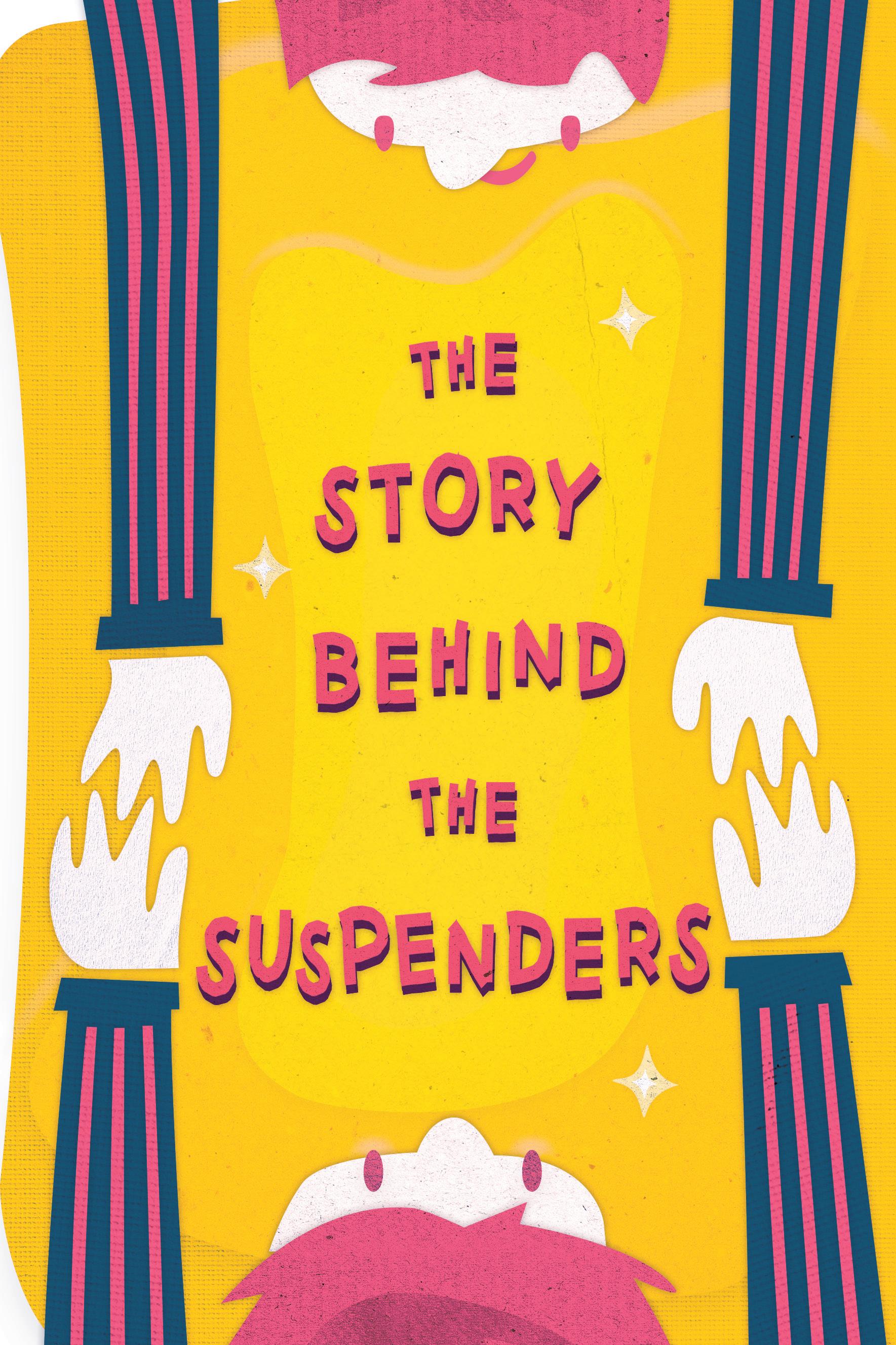
1 minute read
A note to readers:
Every year, millions of Americans lose someone they love to suicide. Millions of others struggle with suicidal thoughts. And nearly all of us, at some point in our lives, deal with challenges such as depression and other mental illnesses, isolation, grief, and other kinds of profound loss.
But there’s a reason to push through these uncomfortable feelings and learn how to talk about feeling bad. Research suggests communication is central to treating mental illness and reducing the number of people we lose to suicide.
Advertisement
As I’ve worked on this project over the past few months, I’ve discussed suicide a lot. To my surprise, once people heard about what I was working on, many of them wanted to talk. They generously shared their stories of survival with me, formally and informally.
Sometimes that took the form of an on-the-record interview. Other times the conversations seemed to come out of nowhere, like the one in the pet food aisle at Dillons, where I leaned against my cart while I listened to an acquaintance talk about the ways she’s struggled with mental illness.
Everyone who spoke with me informed the outcome of this publication, as did my own history
Nearly 25 years ago, I experienced a period of suicidal ideation — a fancy way of saying I thought about dying a lot. But thanks in large part to supportive parents and the health care they helped me access, I’ve been able to stick around.







